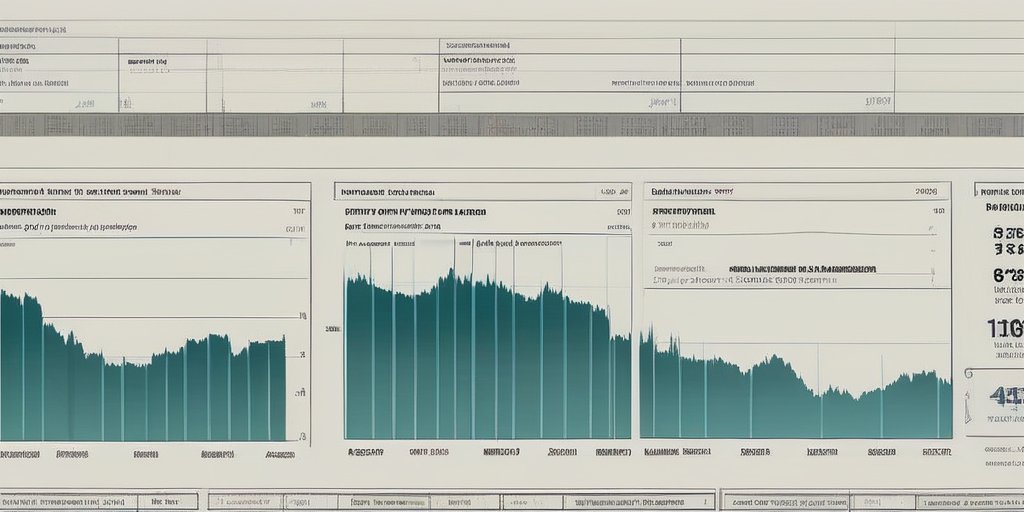The US central bank has recently announced its decision to leave interest rates unchanged for the second consecutive time, amidst increasing concerns regarding economic uncertainty. The Federal Reserve’s benchmark interest rate remains steady at approximately 4.3%, a position it has held since December. In their latest forecasts, policymakers indicate expectations of weaker growth and accelerated price inflation in the coming year compared to previous projections.
This cautious approach comes as doubts grow about the impact of US President Donald Trump’s tariff policies on the economy. Since taking office in January, Trump rolled out a series of new tariffs, at the same time calling for significant tax cuts, regulatory rollbacks, and decreased government spending. Economists have warned that these actions could potentially lead to higher prices in the short-term, thus contributing to the uncertainty facing businesses.
The trepidation regarding Trump’s economic approach has also been reflected in the stock market, culminating in a 10% decline in the S&P 500 since February, a noteworthy drop to levels not seen since the previous September. Despite this turmoil, the Federal Reserve has noted that economic activity continues to expand at a “solid” pace, asserting confidence during their rate announcement.
Federal Reserve chairman Jerome Powell has emphasized adopting a patient approach while awaiting clarity on how White House policies will influence the economy. This uncertainty, however, complicates the challenges the Fed has faced in maintaining price stability and ensuring an avoidance of economic downturn.
Since 2022, the Fed has significantly raised borrowing costs to cool down economic activity and alleviate inflationary pressures. As of February, inflation has decreased to 2.8%, yet this figure still exceeds the Fed’s target of 2%. Recent surveys also reveal an uptick in public expectations for future inflation, complicating the Fed’s mission of price stabilization.
Consumer behavior is also at play; households anticipating price increases are incentivized to make purchases sooner, which can further exacerbate inflation as demand escalates, prompting firms to raise prices. As investment strategist Lindsay James from Quilter points out, the key issue facing the US is inflation, which retains a prominent risk factor, especially as consumer expectations drift away from the 2% target. Despite signals of a slow-down in demand indicated by leading economic indicators, the persistent inflation poses risks if Trump’s proposed economic policies continue unchecked.
